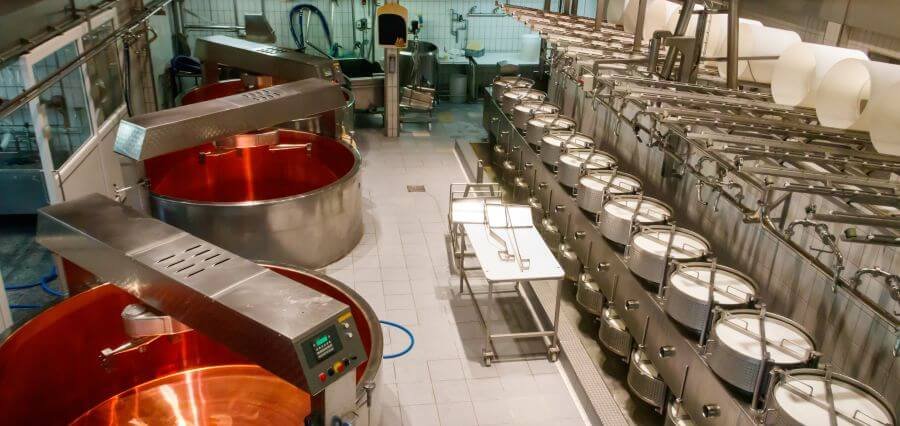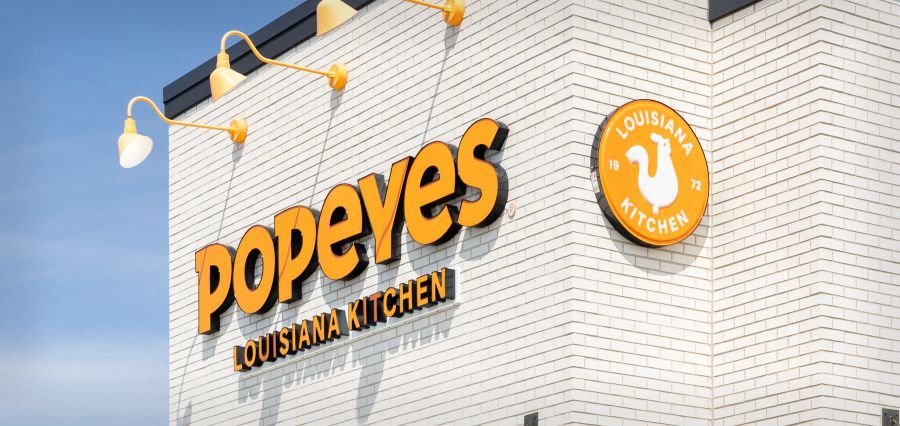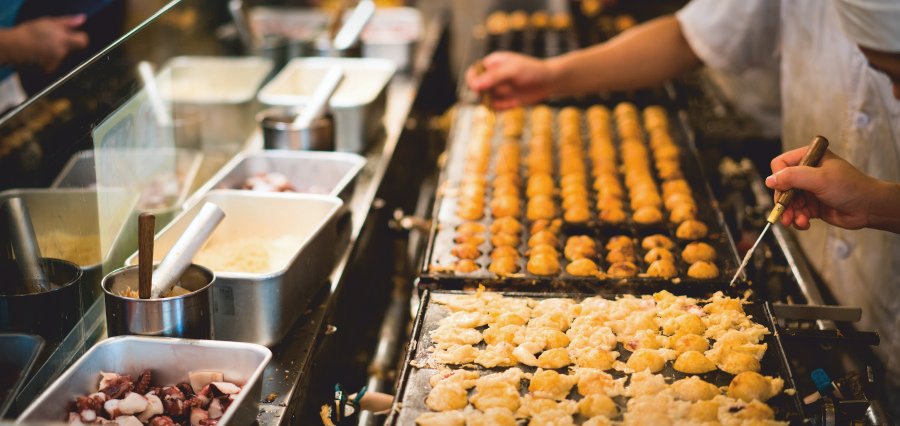The food sector is being transformed in one of the most dramatic ways ever, and precision fermentation is the key to this change. Despite fermentation being used for millennia to make bread, cheese, beer, and yogurt, the latter is much more advanced in the precision version. Not only does it use natural fermentation methods, but also it employs cutting-edge biotech to produce the required proteins, enzymes, fats, and other raw materials with breathtaking optimization. Thanks to these technologies, we can grow single-cell modified yeasts that inevitably produce medicines and vaccines. This way, in a matter of days instead of years, we can produce enough food to feed a global population of 10 billion people. But this consumer product is the real game-changer. The last three years have seen massive investments in technologies to produce animal products without animals. While the most common approach is the use of cell cultures, precision fermentation offers a safer, cleaner, and cheaper solution for the production of proteins that are key ingredients in the final product. The current hype around precision fermentation is centering the method as one of the main sustainable, scalable, and impactful pathways to solve the most challenging issues of the modern food system.
Understanding Precision Fermentation
This is very simplified. Manufacturing through the use of ‘living organisms.’ In principle, biotechnologists create genetically engineered yeast cells. One more thing: no animals needed. Eventually, these cells will produce the same proteins that are usually found in milk, such as casein and whey, but without the impurities that come from animals. Not to mention it won’t be affected by diseases like mad cow. Scientists can make microbial cells produce certain target proteins, such as milk proteins, and they do it by tweaking their genes.
It’s important to remember that in precision fermentation the microbes aren’t left to break down sugars or grains on their own as is usually the case with conventional fermentation. Instead, the researchers put the genetic blueprints of the target proteins, whether these be animal-based or plant-derived, into the cells to produce the identical proteins they already have. To be specific, the proteins whey and casein, which are of major importance in milk and cheese production, might be made by factory-like microorganisms instead of cows forever. Scientists are constantly trying to come up with new solutions to different environmental problems, and more and more of their ideas center around the use of precision fermentation, which is a technology that allows them to replace the use of animals in the production of food with lab-grown microbes.
Why Precision Fermentation Matters
The real issue is how the global food system is in very bad shape, and we still expect to have more than 10 billion people to feed in a few years. Most of greenhouse gas emissions come from agriculture in its current state. As a result, livestock farming is among the main causes of deforestation, water wasting, and production of methane gases. If things go this way, the Earth’s forests and oceans might not be able to help us in the long run with food supplies, which by then would have to be almost double the size. Hence the place of precision fermentation in successfully meeting this challenge.
Compared to traditional methods, which are very demanding of resources and place a heavy burden on the environment, biological systems such as microorganisms need little land, small quantities of water, and give off very low or almost zero direct emissions of greenhouse gases. Thus, the same proteins can be produced at a large scale in fermentation tanks instead of barns, but with much lesser environmental impacts. There is a wide range of consumers who are mostly divided into two groups: those who are very concerned with sustainability and therefore would never buy such products, and those who could be persuaded to buy them if they tasted well and had a good texture. They are both satisfied with the services of products made by precision fermentation because these products better meet the delicate balance of indulgence and responsibility.
Precision Fermentation in Action Some companies have already taken innovations in precision fermentation to market. Let’s look at the case of ice cream. In order to make the product, companies have used fermentation-derived dairy proteins rather than the milk of cows. It’s been demonstrated that through precision fermentation they can create indulgent, creamy, and true-to-nature products without animal farming. Other companies are not only thinking of flavor when it comes to the use of fermentation in meat substitutes but also of texture and nutrient density. At the same time, these methods are the same for obtaining rare enzymes, vitamins, and flavoring agents, which are expensive or hard to get from common sources.
One more fascinating thing is the possibility of customized nutrition. Precision fermentation opens the door to the production of ingredients that are perfectly matched with individual dietary needs. What if there were protein powders for people with certain amino acid requirements and proteins in milk that are made lactose-free for people who are intolerant—all of which are produced more cleanly and accurately than industrial agriculture could ever be?
How It Benefits the Global Food System
In the case of developing countries, precision fermentation could be a great tool to overcome the limitations of the existing food systems. The areas where land for farming or clean water is in short supply could go a long way with a technology that uses very few natural inputs. Moreover, as long as you have the right apparatus, the whole idea is that it can be done anywhere, and thus, it lessens the dependence on worldwide supply chains that are often volatile as a result of climate tragedies, political upheavals, or transport disruptions.
From the standpoint of the market, precision fermentation might be the key to completely new business sectors, and it could even generate the industries concerned with the production of highly valuable proteins and molecules. The farmers may feel endangered, but the majority of the experts are of the opinion that the technology will not remove the traditional agriculture; on the contrary, it will merely support it. The release of farmland for more sustainable uses will be possible while the resource-intensive proteins will be taken care of by precision fermentation.
Challenges and Considerations
Precisely like every milestone, precision fermentation also has its own problems. Despite all the promises, scaling up to meet world demand is still very expensive. Consumer consciousness is very limited, and regulatory frameworks are in their infancy. While early adopters are keen on animal-free cheese and lab-food innovations, others are reluctant, interpreting these products as “unnatural” and “too industrial.” Narrowing that divide requires learning, openness, and an assurance of safety.
Besides that, there’s the matter of biological diversity. In this case, the release of biotechnology solutions may alleviate agriculture’s burden on Earth but wouldn’t completely get rid of the need for the earth’s ecosystems to function properly. It is still necessary to sustain an equilibrium between nature conservation and the deployment of biotechnologies. Well, the company is on a very bumpy path ahead, but the way is laid out for it to become a leading example of a food system that is really sustainable.
The Road Ahead for Precision Fermentation
It basically means the technology will seem to people as if it were fictitious, and the world will hold its breath contemplating the cost-transcendent applications of it. Though it might seem a bit outside the scope of their core expertise, the scientists are also looking for ways to leverage the same underlying technology to create lab-grown silk proteins for use in textiles, enzymes customized for a particular pharmaceutical, and even biofuels. Food sustainability can really be the starting point for spreading the same kind of benefits across multiple industries, and, eventually, whole economies can be reshaped.
Endorsement is still the biggest hurdle that consumers and, henceforth, the food industry will face. The question is, “Are the foods delicious?” “Are the foods authentic?” and “Are they priced low enough to be bought frequently if not daily?” As the technology develops, the answers are mainly affirmative. The closer to the usual marketplace and the end consumers, the more demand, and so the loop will turn around—innovation and outreach ongoing.
One of the greatest achievements of human civilization is the embracement of the concept embedded in precision fermentation—the idea that we can do it differently and still do it better—by using modern science to reinterpret the ancient practices that used to be earth-friendly. The coming era of food is not just about the number of people fed; rather, it will be about how much kinder the planet is to the earth, healthier for the people, and more economical than ever before. That being said, if precision fermentation from now on moves in this direction, it could in fact be the very gradual but unwavering revolution that changes the way mankind eats, farms, and thrives decades from now.






